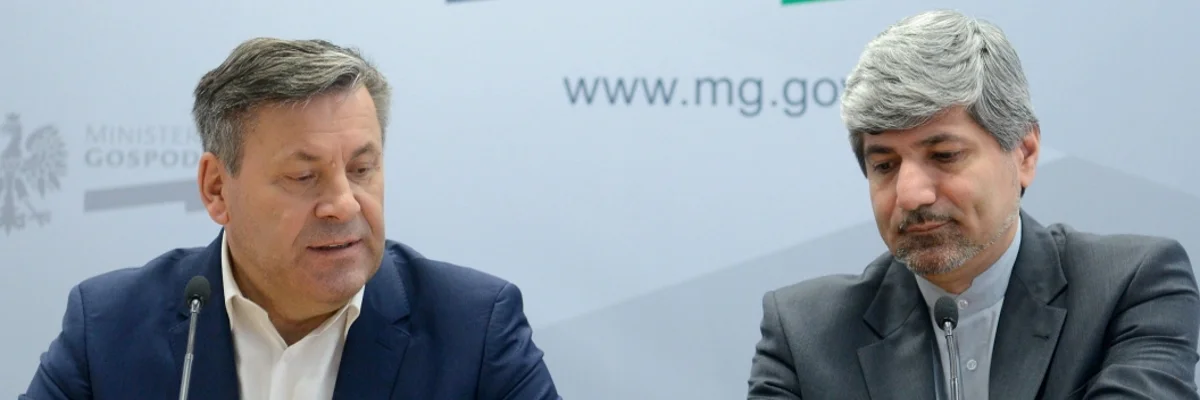A Wealth of Talent: Domestic and International Markets for Iranian Art
Throughout the last decade, the global market for contemporary Iranian art has witnessed an extraordinary surge in activity and sales. According to an analysis by Roman Kräussl of the Centre for Financial Studies at Goethe University, drawing on data from the Blouin Art Sales Index (BASI), between 2000 and 2012, there were 3,500 significant sales of paintings across 59 global auction houses. Of these, 650 – comprising roughly 20% of the total – were of paintings by Iranian artists. Buyers in hotspots for contemporary Middle Eastern art such as London, Dubai, and Doha have been snapping up works by Iranian masters and emerging artists alike, amid the sound of the pounding gavel and the sensation of sweaty palms. Christie’s in Dubai and Sotheby’s in London remain the dominant auction houses in the market.
It is not simply international sales, however, that characterize Iran’s art market; domestic auctions have seen record prices in recent years. The June 2015 Tehran Auction saw the sale of 126 pieces, and generated over USD 7 million in sales. As such, the average sale price for this year has been roughly USD 55,000, slightly higher than the average price enjoyed by paintings from the MENA outside Iran. Looking to the BASI dataset for the years 2000-2012, 70% of Middle Eastern paintings sold at auctions were at prices below USD 50,000.
According to collector and Salman Matinfar, Director of Tehran’s Ab Anbar (lit. “Waterhouse”) art space, works by contemporary Iranian artists are currently selling for more inside the country, than in international markets, as higher domestic demand has raised prices. Matinfar believes that this demand is a result of two phenomena: first, some buyers are treating art as an alternative investment. A young businessperson quoted in the Financial Times report on the Tehran Auction noted how, “over the past 15 years, the value of real estate has risen by 25 times and gold by 45 times but art has gone up by 250 times.” He added that while “Iran’s art market is still small and traditional investors do not yet consider it a triple A asset … there is big room for growth”.
Second, and perhaps more commonly, Matinfar identifies a clear phenomenon where many of Iran’s nouveaux-riche have been investing as a means to “buy” entry into cultural and artistic circles, and gain credibility for themselves beyond their reputations as savvy entrepreneurs and businesspeople. The Tehran Auction, which has seen sales grow tenfold in the past three years, has caused controversy as observers have been debating whether the buyers are true patrons of Iran’s art economy, or simply speculators in a marketplace.
The concerns over patronage may be premature, though, as the overall market remains relatively small. While the international market for Iranian art enjoys a higher level of diversification and distribution as a whole, there are still more “serious” collectors of Iranian art (i.e. those buying works valued above USD 50,000) inside Iran than worldwide; but the key movers are few. According to artists and collectors, there are approximately 10-15 well-known collectors in Iran who dominate the market. The small number of serious collectors contributes to volatility.
As such, growth in secondary art sales, such as the growth seen in the Tehran Auction, is a step in the right direction towards the development of a larger secondary market for Iranian art, and, concomitantly, greater stability in terms of prices and demand. This year’s positive Tehran Auction gave many collectors, gallery owners, and artists cause for optimism.
While the growing secondary market may mean decreased volatility inside Iran, other developments have raised concerns. At the May 2015 Christie’s auction of modern and contemporary Iranian, Arab, and Turkish art in Dubai, works by Monir Farmanfarmaian and Rokni Haerizadeh set records. However, many noted that in comparison to previous years, and in relation to Arab artists, Iranian artists on the whole underperformed. Though some may take this “slump” at face value, others have pointed towards the rise in Arab nationalism among collectors and patrons in the Persian Gulf, and a preference on their part to invest in Arab artists, as opposed to Iranian ones. Perhaps the political forces that are contributing to optimism and growth in Iran’s domestic art market are also be causing shifts in how collectors treat Iranian artists in the context of Middle Eastern art.
Regardless of these shifts, one thing is certain: Iranian art is increasingly popular both at home and abroad; and, the recent nuclear deal reached between Iran and P5+1 countries will likely boost growth.
For example, according to Christie's Middle East Director Michael Jeha, Tehran will soon witness an influx of American buyers longing to lay their hands on hitherto inaccessible works of art. While this has yet to be witnessed, what one can expect to see in the States, for instance, is an increase in the availability of Iranian art, as well as an augmented presence of Iranian artists, who have long been unable to attend artist talks and conferences – and even their own exhibition openings – as a result of decades-long strained Iran-US relations.
Where prices for Iranian art are concerned, it would be natural to assume that they would surge worldwide as a result of increased demand. However, many dealers and gallery owners have been able to justify higher prices for works by domestic Iranian artists as a result of relative scarcity and the difficulty in sourcing pieces. Post-sanctions, a greater supply of art might actually temper rising prices. Opinions vary on the matter, and it is difficult to predict precisely what will happen in the international market for Iranian art. Yet, it is hard not to be optimistic. Given the wealth of talents on offer, Iranian artists will no doubt soon enjoy greater fortunes on—as the Persian idiom goes— “the other side of the water.”
Photo: Christie's




